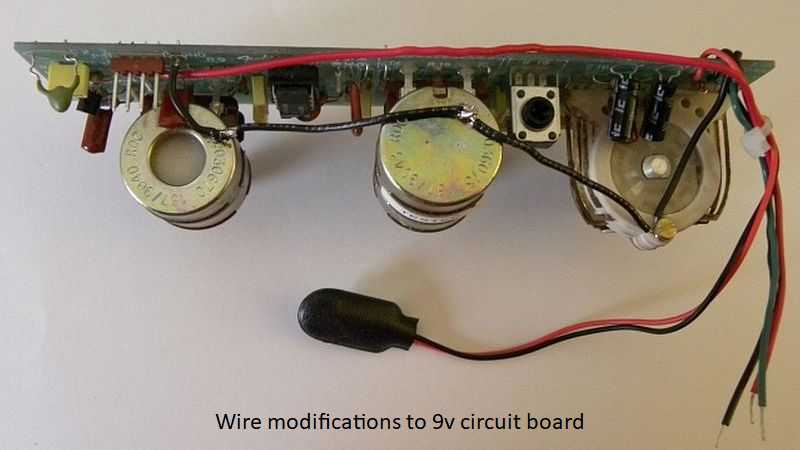Active electronics are highly sensitive to outside interference which affects it as noise. To prevent interference, the control cavity (including the cover plate) is lined with shielding paint or shielding tape thereby creating a capsule around the preamp. As the shielding ages/wears the connection to the preamp becomes degraded and interference (electrical, radio, microwave noise) is allowed in. This connection is made through the jack. When the jack is tightened against the inside of the painted cavity, the shielding paint is effectively grounded. If the jack has worked loose or has been changed many times, it is possible for the paint in this area to become worn away. This results in a shielding cavity that is no longer grounded. A shield cavity that is ungrounded will add noise to the circuit. It is important that the pots and switch on the preamp also remain well connected to the shielding. Loss of contact on these components leads to noise when you touch the knobs.
To correct these issues, the control cavity should be repainted with shielding paint or lined with copper foil. When painting, pay particular attention to the area that contacts the jack, the pots and the switch. While copper foil is a better product for shielding, it is difficult to use and care must be taken to assure that components on the board do not inadvertently become grounded.
We also recommend physically grounding the backs of the pots and metal of the switch by soldering wire to the backs of the pots and terminating the wire under the screw on the switch frame. See the photos below. Note that the wire is a continuation of the green wire from the jack and the bridge ground wire on the board. This modification eliminates the need of the shielding paint to bond the pots and switch as well as providing multiple points of contact to ground the shielding paint. If you are not familiar with soldering work on printed circuit boards, we recommend you have this work done by a competent technician.


